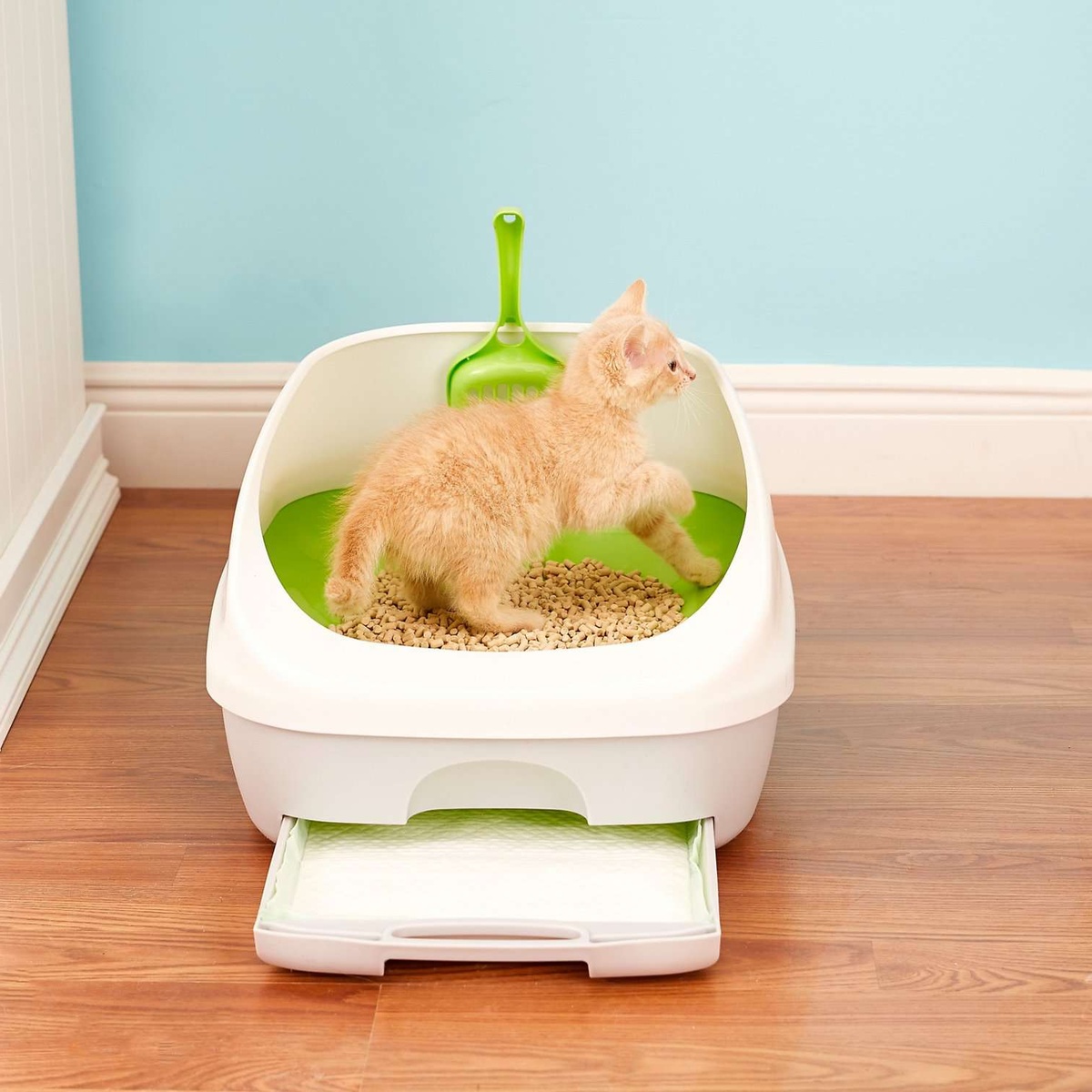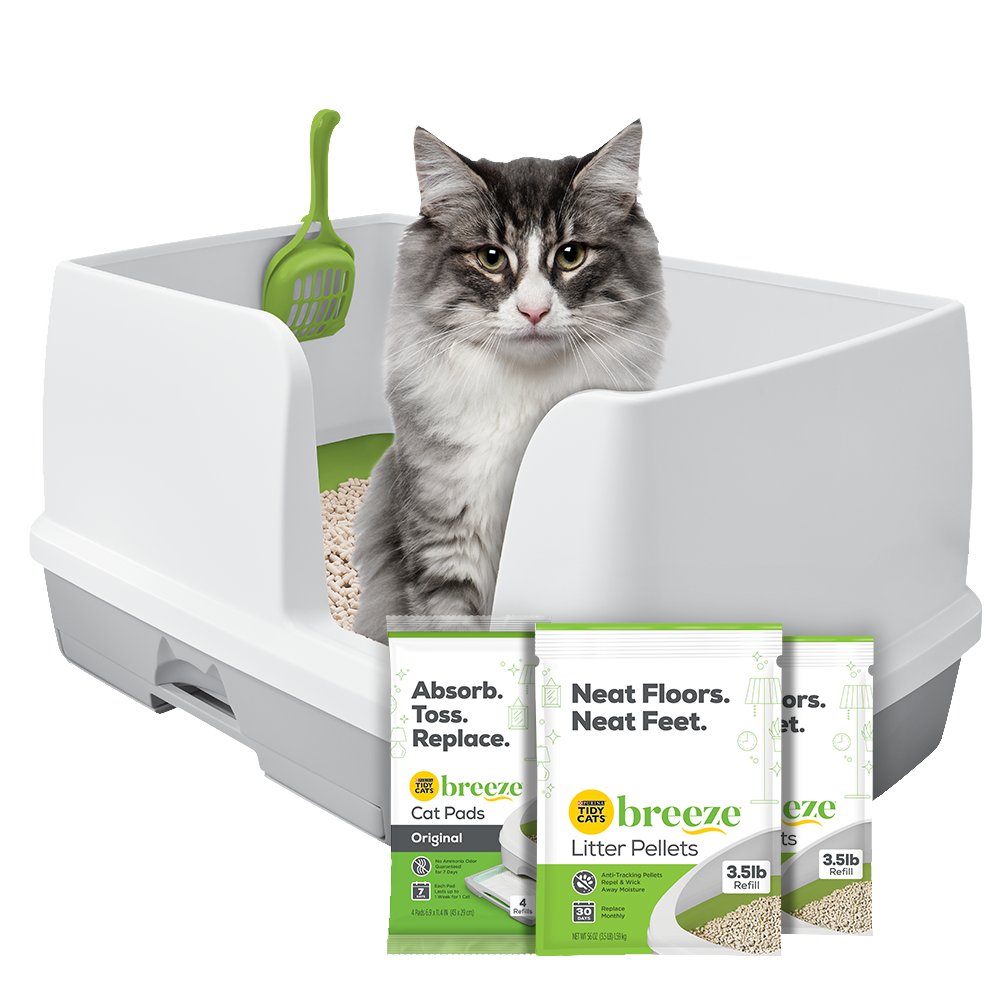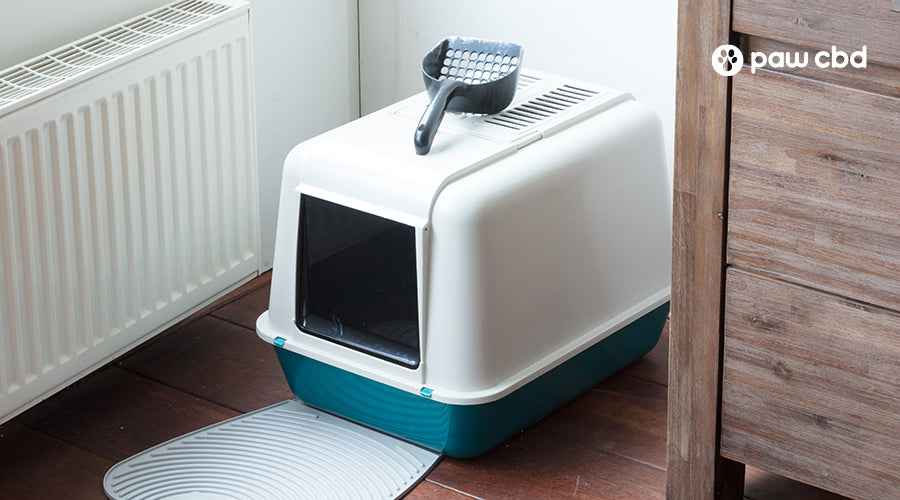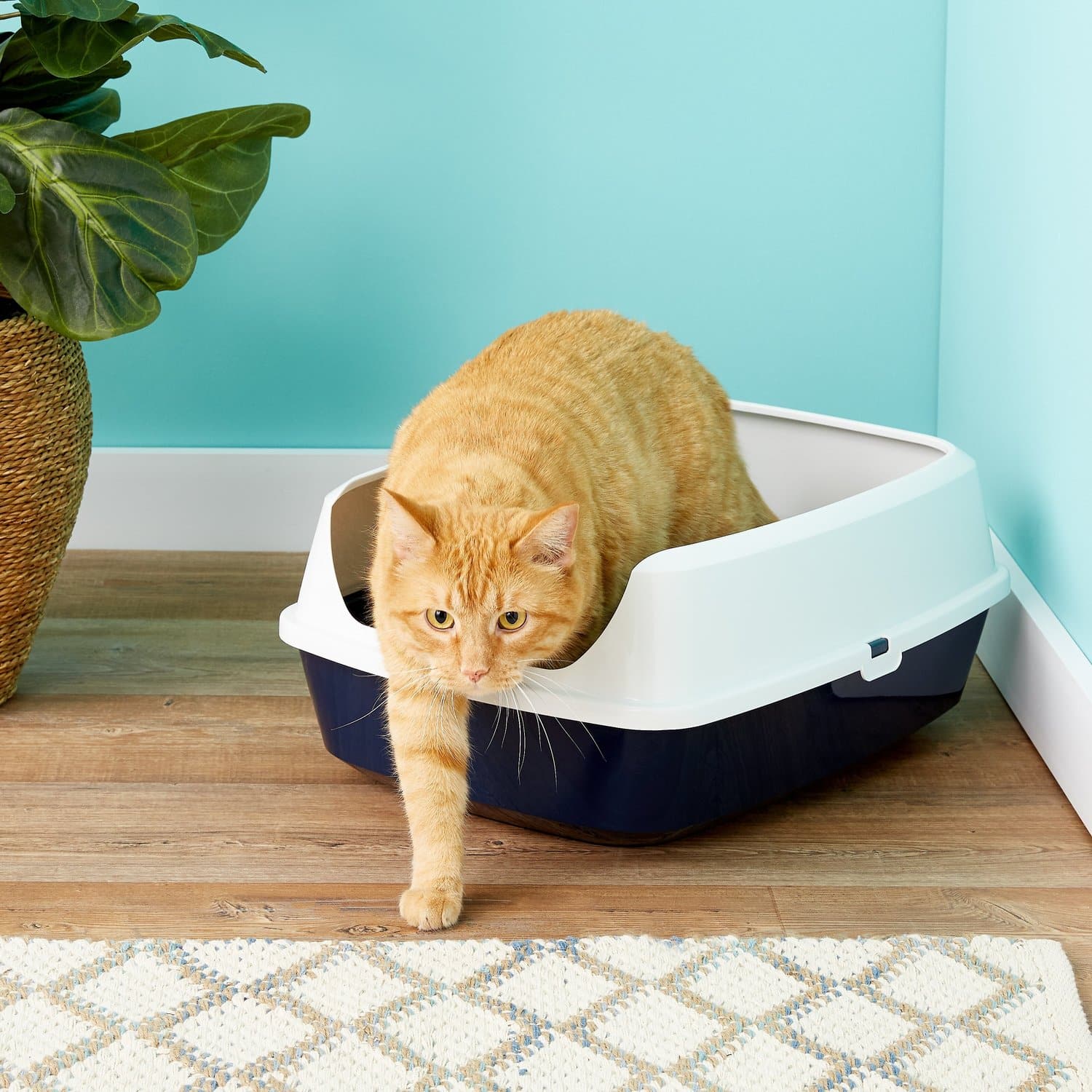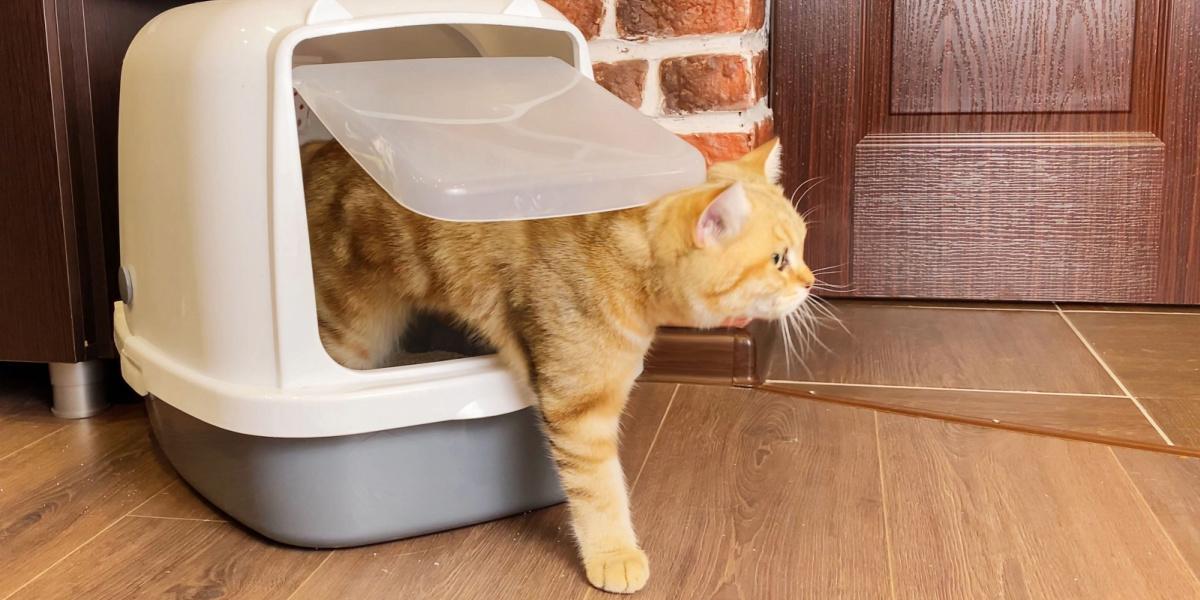How To Change A Cat Litter Box

Maintaining a clean litter box is crucial for the health and happiness of both cats and their owners. A properly maintained litter box reduces unpleasant odors, minimizes the risk of health issues for your feline companion, and encourages consistent use. Here's a detailed guide on how to effectively change a cat litter box, ensuring a clean and comfortable environment for your pet.
The process involves several key steps: gathering necessary supplies, preparing the litter box, scooping and disposing of waste, completely changing the litter, cleaning the box itself, and finally, refilling it with fresh litter. Following these steps regularly will contribute significantly to your cat’s well-being and a cleaner home.
Gathering Your Supplies
Before you begin, ensure you have all the necessary materials readily available. This includes a litter scoop, a trash bag or receptacle for disposal, a new supply of litter, and a cleaning solution (mild soap and water or a pet-safe enzymatic cleaner).
Depending on the type of litter box you have, you might also need a liner. Some owners prefer using gloves to maintain hygiene.
Preparing the Litter Box
Choose a well-ventilated area for changing the litter box, ideally away from food preparation areas. If possible, place the litter box on a protected surface, such as newspaper or a disposable mat, to catch any spills.
This helps contain the mess and makes cleanup easier.
Daily Scooping and Waste Disposal
The first step in maintaining a clean litter box is scooping the waste daily. Using the litter scoop, remove all solid waste and clumps of urine-soaked litter.
Place the waste into the trash bag or receptacle. According to the American Veterinary Medical Association (AVMA), daily scooping is vital for odor control and preventing the buildup of bacteria.
Seal the bag tightly and dispose of it properly.
Complete Litter Change: A Deep Clean
While daily scooping keeps the litter box relatively clean, it's essential to completely change the litter periodically. The frequency depends on the number of cats using the box, the type of litter, and your cat's habits, but generally, a full change is recommended every 2-4 weeks.
Remove all of the old litter and dispose of it in a sealed trash bag.
Cleaning the Litter Box
After emptying the litter box, it's crucial to clean it thoroughly. Use warm water and a mild, unscented soap to wash the inside of the box.
Avoid using harsh chemicals or strong-smelling cleaners, as these can be irritating to cats and may deter them from using the box.
Thoroughly rinse the box to remove any soap residue. A pet-safe enzymatic cleaner can also be used to neutralize odors.
Allow the litter box to dry completely before refilling it with fresh litter. Moisture can promote bacterial growth, defeating the purpose of cleaning.
Refilling with Fresh Litter
Once the litter box is dry, it’s time to refill it with fresh litter. The ideal depth of litter is typically around 2-4 inches, though this may vary depending on the type of litter and your cat's preferences.
Start with a clean, dry box and gradually pour in the litter until you reach the desired depth. Avoid overfilling, as this can lead to litter being kicked out of the box.
Litter Type Considerations
Choosing the right type of litter is essential for effective odor control and your cat's comfort. Clay litter, clumping litter, crystal litter, and natural litters like wood or paper are all available options.
Clumping litter is popular because it forms solid clumps that are easy to scoop, but it may produce dust. Crystal litter is absorbent and can control odors effectively but might not be preferred by all cats due to its texture.
Natural litters are often biodegradable and can be a more environmentally friendly choice. Experiment to find the litter that your cat prefers and that works best for your lifestyle.
Placement and Maintenance
The location of the litter box is crucial. Place it in a quiet, accessible area away from food and water bowls.
Ensure the box is in a location where your cat feels safe and comfortable. Regularly monitor the litter box and maintain a consistent cleaning schedule.
This will help prevent problems such as urinary issues and ensure that your cat consistently uses the box.
Addressing Common Issues
If your cat suddenly stops using the litter box, it could be a sign of a medical issue or discomfort with the litter box itself. Consult with your veterinarian to rule out any health problems.
Consider whether the litter box is clean enough or if the location is causing stress for your cat. Make sure to choose the right litter and maintain the litter box regularly.
Older cats may have difficulty accessing a high-sided litter box. Adjusting the box to their needs can solve the problem.
Conclusion
Proper litter box maintenance is an essential part of responsible cat ownership. By following these steps and establishing a consistent cleaning routine, you can ensure a clean, healthy, and comfortable environment for your feline friend. Remember to consider your cat's preferences and adjust the cleaning frequency and litter type as needed.
A clean litter box is a happy litter box, leading to a happier and healthier cat.
